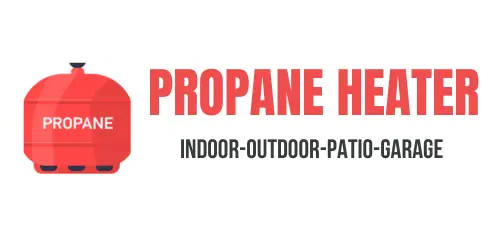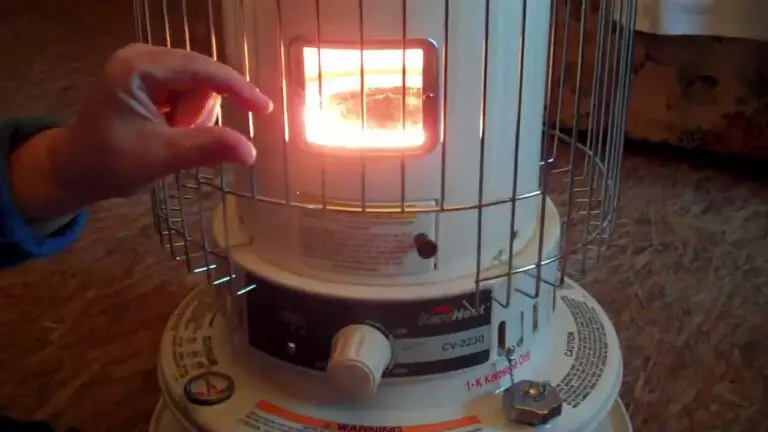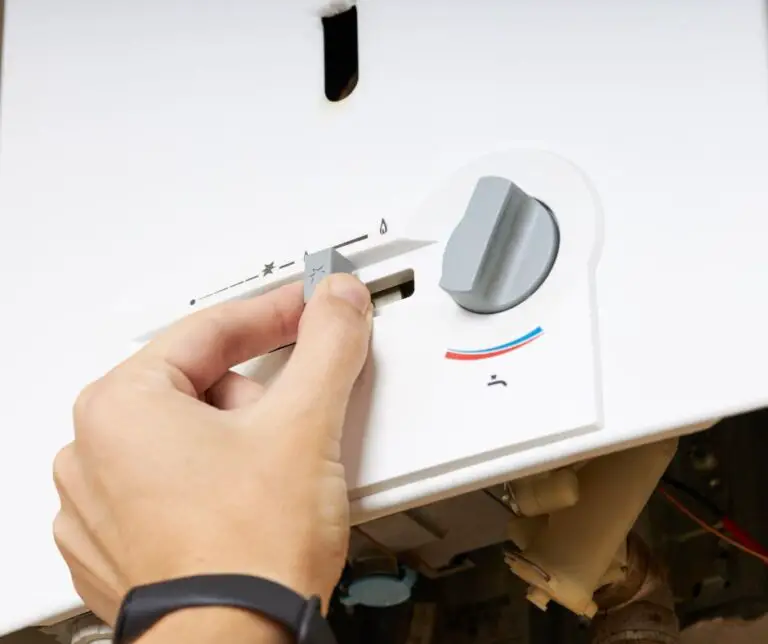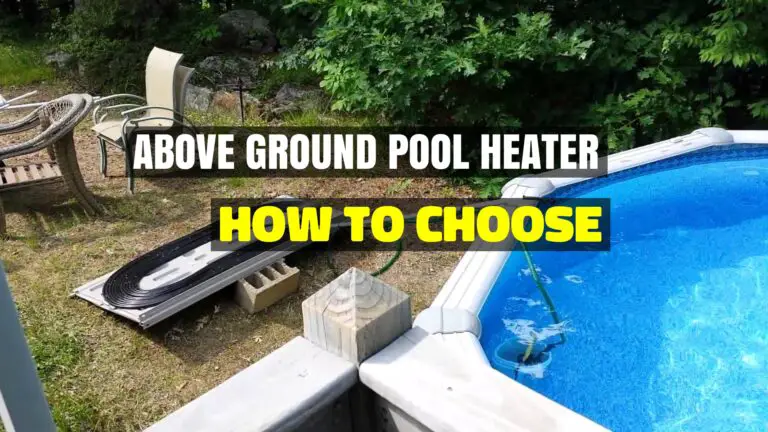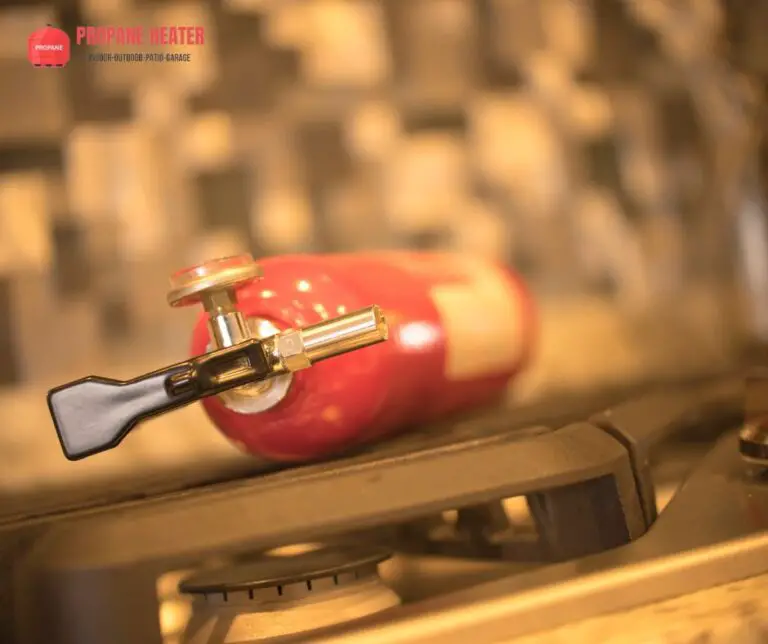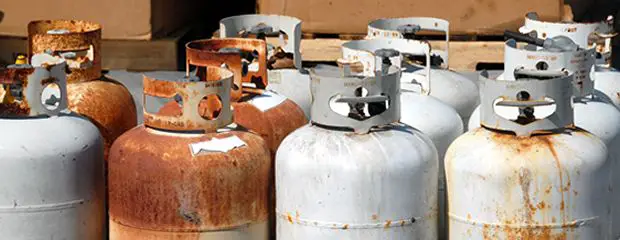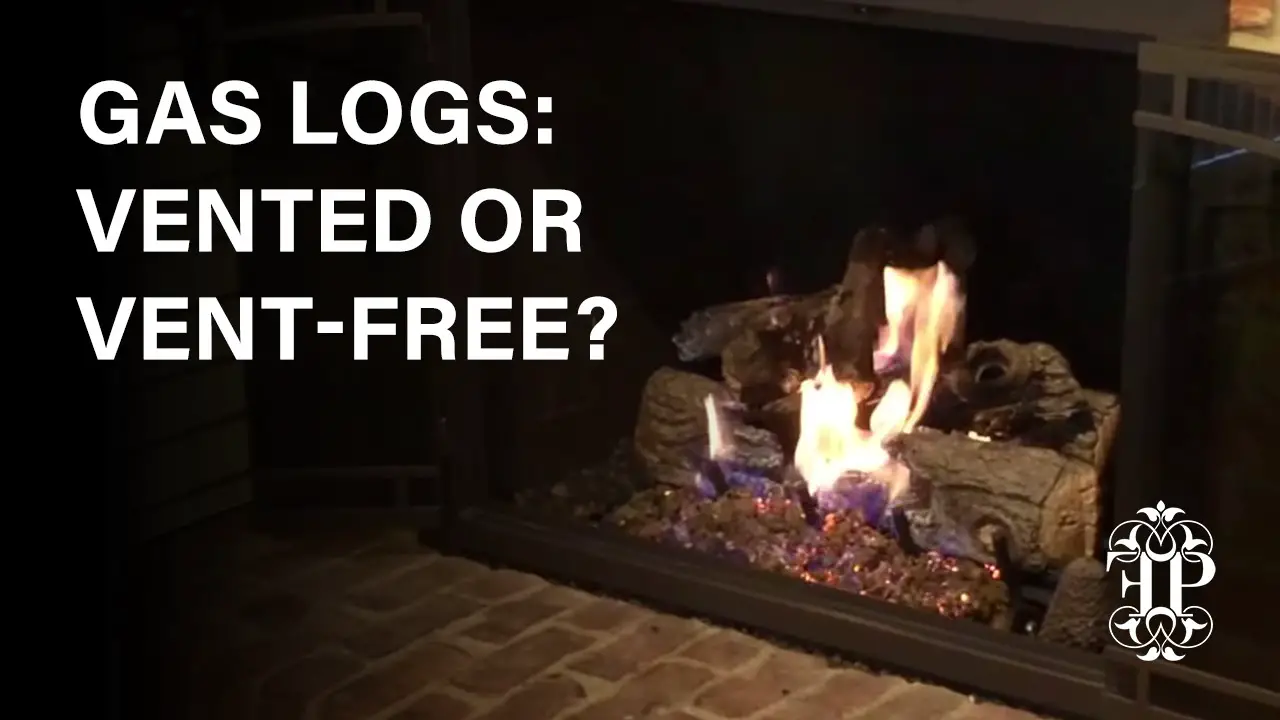
Vented Gas fireplaces could be a good choice for anyone who wants to enjoy the warmth of a fire without the chores of hauling wood and cleaning ashes. Gas fireplaces grow in popularity every year, and manufacturers offer a wide selection of appliances, including gas logs and contained fireplace units that are mounted to a wall.
Some gas log fixtures are vented so that dangerous gases produced during the burn travel outside, just as they move up and out of a chimney in a traditional wood-burning fireplace. There’s more than one way to vent an appliance, so you probably can install vented gas logs in your home even if you do not have a usable chimney.
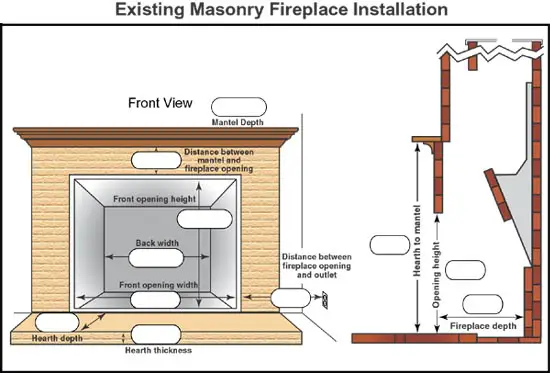
Vented gas logs can take the place of wood in a traditional hearth and chimney. You can choose a unit that burns either natural or propane gas, but both types are always burned with the damper open. Keep these important safety tips in mind:
- Gas fireplaces are not a solution to a problem chimney. If the chimney is damaged, dirty, or doesn’t draw air well enough to burn wood, it is not suitable for gas logs.
- Chimneys previously used to burn wood should be professionally cleaned to remove creosote before gas logs are used.
- Building codes may require the damper in your chimney to be permanently blocked open if you install gas logs. You can reduce drafts and heat loss by installing glass doors in front of the gas fireplace, but the doors must remain open while the fire is burning.
- Carbon monoxide (CO) is a colorless, odorless, potentially lethal gas produced as a byproduct when fuels such as natural or propane gas, kerosene, and wood are burned. Follow the manufacturer’s instructions exactly when using any type of fuel-burning appliance.
If you do not have a chimney for top-venting, a special pipe can be installed to vent the appliance.
If a top-vent isn’t practical, consider direct venting, which uses a two-layer pipe running through a hole in the wall behind the unit, or positioned slightly above it. The outer pipe draws air in from the outside to create combustion for burning the gas. The inner pipe takes waste from the outside.
Direct venting is considered a safe system, since no air from inside is used in combustion, and all wastes flow to the outside. Both actions reduce the risks of carbon monoxide buildup within the house.
Gas logs for a conversion project range from about $300 to $550 and installation generally costs between $200 and $350. A more expensive option is a steel or cast-iron insert that is placed inside a traditional hearth and chimney. The insert contains its own gas log and pipe system for ventilation. These cost anywhere from about $1,200 to $2,900, with installation adding another $600 to $1,000.
- How to Hook up Propane Camp Stove to Propane Tank
- Propane Heater in Garage With Door Open
- Mr Heater Portable Buddy Pilot Won’t Light
If you aren’t converting a traditional fireplace, a new direct vent unit can cost anywhere from about $1,200 to $3,200, depending on available features, such as timers or remote controls. Installation can be done for as little as $600, but complicated setups can run as much as $5,000.
Fireplace inserts transform inefficient open masonry built wood-burning fireplaces into beautiful heat producers. There are three types of fireplace inserts – gas, wood, and pellet. Gas inserts are an excellent choice if convenience is important, as they operate at the flip of a switch or remote control. If you’d rather continue heating with wood, or want to make a switch to pellets, wood, and pellet inserts will turn your masonry built fireplace into a heating powerhouse.
Each type of insert uses the existing chimney to ventilate vertically, terminating at the roof. This illustration will help you visualize the venting required for fireplace inserts…
Open, masonry built wood-burning fireplaces are inefficient. According to the U.S. Department of Energy (DOE), they can exhaust as much as 24,000 cubic feet of air per hour to the outside, which in turn draws in cold air in through the home’s doors and windows. Because they are only -15 to +15 percent efficient, the DOE considers them one of the most inefficient heat sources in homes. Converting to an insert will turn those statistics around, making your fireplace up to 85 percent efficient.
Upgrading your masonry built wood-burning fireplace with an insert is a smart decision that you’ll never regret. Doing so will not only make your home more efficient, it can help to save money by transforming the fireplace into an efficient heating unit.

I am Richard A. Jackson man behind propane heating solution, An HVAC expert working as a team lead of the heating department, Provide services all over the USA (around all major cities), and from planning to implementation, you will get all your solution here. We provide various tanks (propane and other natural gases) and deal with disposable waste.
